Efficient energy use, sometimes simply called energy efficiency, is the goal of efforts to reduce the amount of energy required to provide products and services. The current scenario of the world is in high demand of energy efficient transportation. Energy efficient means the transport systems which uses the least energy or are low consumer of energy. They can also be termed as the fuel efficient carrier. Energy efficient travel indirectly protects the environment and also conserves petroleum which is the major cause of worry in today’s world. This is a list of ten modes of energy efficient travel.
1. Walking:

Walking is always the most energy efficient travel of all times. Short distances can be always covered by walk. Walking is a completely free and simple way of getting from one place to another, that you can start right away. Because you don’t need to have a high level of fitness to walk short distances, it’s a great way for anyone to stay fit and healthy, or to help get in shape before taking on more vigorous forms of exercise. Walking is also good for stress relief, with a calm walk at your own pace much more relaxing than road-rage fuelled rush-hour traffic jams.
2. Cycling:
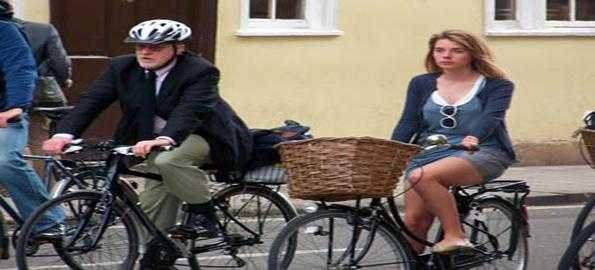
Like walking, cycling is an excellent form of daily exercise, as well as being therapeutic and stress relieving compared to other forms of transport. Many towns and cities have extensive cycle lane systems in place, which help cyclists stay safe on the roads and avoid car congestion. It’s often quicker by bicycle than it is by car during peak traffic times. Buying and maintaining a bicycle is relatively inexpensive. Cycling is a great form of exercise too. It helps you keep fit and energetic. Cycles are the cheapest and the most energy efficient mode of travelling.
3. Mopeds:

Mopeds are an extremely cost effective and fuel efficient form of transport. With global increase in fuel price, fuel-efficient vehicles such as mopeds are becoming increasingly popular. Many higher educational institutions have provisions for parking them. They are suitable for medium as well as short distances. People need not go through the hassle of starting their car for short distance while it might be strenuous for one to ride a bicycle for the same distance. When compared to motorbikes, mopeds have smaller engines and wheels.
4. Trains:
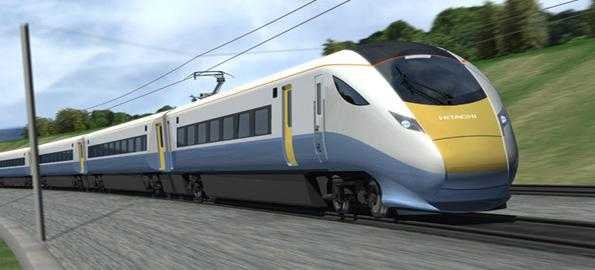
Trains are one of the biggest and the most widely used mode of travel. Trains all around the world are mostly run with electricity, which helps us to prevent environmental pollution. Many of today’s newest trains are powered by magnet technology. Today’s “green train” uses a permanent magnet motor, which is a modern engine technology that enables increased propulsion chain efficiency. This type of motor results in lesser operating costs as well as far reduced environmental impact. In addition, the “green trains” have an assistance system in place that reduces traction energy.
5. CNG Busses:

Busses are the most widely used road transport. It’s a public carrier and is a very common transport all over the world. New buses are being tested in areas of the US that use bio-fuels instead of diesel fuel. Even in New Delhi, India, they are trying to replace old pollution hog buses with more eco-friendly buses that use compressed natural gas. CNG is a fossil fuel substitute for gasoline (petrol), diesel, or propane/LPG. Although its combustion does produce greenhouse gases, it is a more environmentally clean alternative to those fuels. New Delhi hopes to have 6000 of these buses in use in the next few years in order to combat the cities ever increasing pollution problems.
6. LPG Cars/Rickshaws:
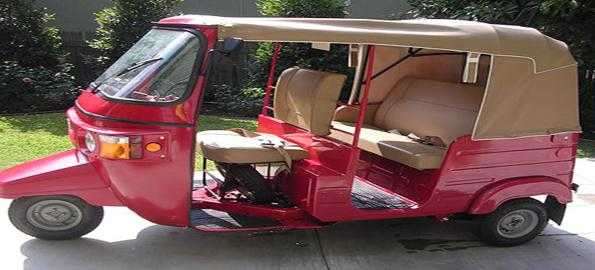
LPG is a great substitute to petrol or diesel. This is a highly efficient fuel for your vehicle. LPG are now a days replacing the diesel and petrol all over the world. For a city like Bangalore, India all the auto rickshaws uses the LPG kit. This is really a way to save the environment from hazardous pollutant. Using LPG in vehicles are gost effective and money saving because LPG is cheaper than petrol or diesel by many times.
7. Electric Cars:
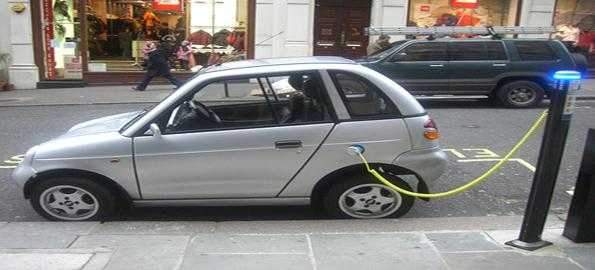
An electric car is a plug-in battery powered automobile which is propelled by electric motor(s). Electric cars gained popularity in the late-19th century and early 20th century. Now electric cars are the need of the hour for environmental safety. Electric cars have several potential benefits as compared to conventional internal combustion automobiles that include a significant reduction of urban air pollution as they do not emit harmful gasses. An electric car typically uses battery and it runs at an average 7 hours with one time complete charge. This mode of energy efficient travel is encouraged by governments of many countries by establishing charge points in various spots.
8. Electric Scooters:

Electric motorcycles and scooters are vehicles with two or three wheels that use electric motors to attain locomotion. Generally, the source of power for the electric motor has been chargeable batteries. The Electric motorcycles and scooters are rising in popularity because of higher gasoline prices. Battery technology is gradually improving making this form of transportation more practical. Electric scooters release almost no noise and it doesn’t emit any harmful gasses. This makes it the most energy efficient travelling mode.
9. Trams:
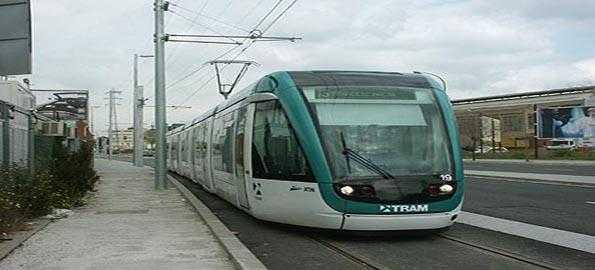
A tram is a rail borne vehicle which, at least in parts of its route, runs on tracks in streets. It may also run between cities and/or towns. Trams are usually lighter and shorter than conventional trains and rapid transit trains. However, the differences between these modes of public transportation are confusing. Most trams today use electrical power, usually fed by a pantograph; in some cases by a third rail or trolley pole. If necessary, they may have several power systems. Certain types of cable car are also known as trams. Trams are the also an useful energy efficient mode of travel.
10. Carts:
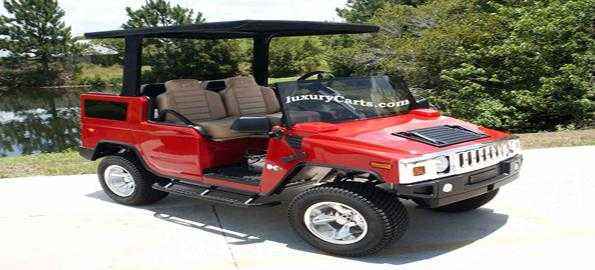
Carts are the traditionally used mode of travel which was mostly driven by animals like horses. These are also a energy efficient mode of travel and can be brought into practice all over again. This is used in many places till today and can be a potential mode of intracity or town travel.
No comments:
Post a Comment